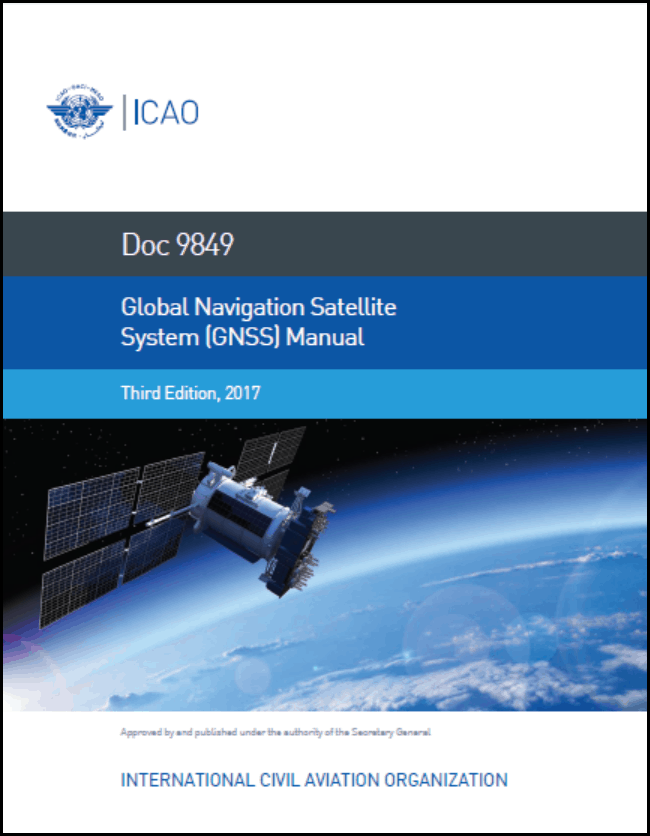Using the Global Navigation Satellite System (GNSS) to get directions to a destination is a common daily experience for most of us. The navigation applications of virtually all smartphones are based on the Global Positioning System (GPS), which is an element of GNSS. But even though we tend to take GNSS for granted, the introduction of satellite systems in the daily lives of billions of people only occurred recently, within the last decade or so.
 The introduction of GNSS in civil aviation, on the other hand, began much earlier. The ICAO Council achieved a major milestone this week in the global standardization and roll-out of new dual-frequency multi-constellation (DFMC) capabilities for international aviation’s Global Navigation Satellite System (GNSS).
The introduction of GNSS in civil aviation, on the other hand, began much earlier. The ICAO Council achieved a major milestone this week in the global standardization and roll-out of new dual-frequency multi-constellation (DFMC) capabilities for international aviation’s Global Navigation Satellite System (GNSS).
How did GNSS gain global acceptance by States? Among the many factors that contributed to the acceptance process, one stands out: ICAO’s standardization of GNSS played a crucial role in enabling the use of GNSS by international civil aviation. GNSS has come a long way, but it has a long way to go. ICAO has accompanied its development since the inception of its deployment for civil aviation and will continue to do as GNSS evolves towards ever more advanced and robust navigation performance. ICAO is engaged today in making that possible by uniting the aviation community globally to achieve the full operational benefits of GNSS.
“This is an important development toward improving the safety, efficiency and sustainability of international air transport through more precise airspace management and more efficient routes and procedures,” emphasized Council President Salvatore Sciacchitano. “Eventually these new standards will provide international aviation with access to an extensive global infrastructure and over 50 new GNSS satellites.”
DFMC GNSS permits the combined leveraging of dual frequency signals from up to four GNSS constellations simultaneously, including the GPS system (United States), Galileo (European Union), GLONASS (Russian Federation), and BeiDou (China).
The capability has been enabled through latest advances in aircraft-, satellite-, and ground-based augmentation systems, and will become more prevalent as aircraft become increasingly equipped with DMFC-capable avionics. Currently, global aviation GNSS capabilities rely mainly on just one constellation and one frequency via GPS L1, meaning that the new multi-constellation capability will assure greater system accuracy and redundancy, delivering important air network capacity and safety benefits.
“ICAO has worked in close cooperation with EUROCAE and the RTCA on the development of these new standards, to ensure that they fully align with industry specifications,” commented ICAO Secretary General Juan Carlos Salazar.
“These types of partnerships are very cost-effective while improving end-results, and by managing the overall process through the ICAO Navigation Systems Panel, it means that the global constellations now being operated by individual States and the European Union, will be able to be confidently embraced and benefitted from by the many other countries in our global network.”

